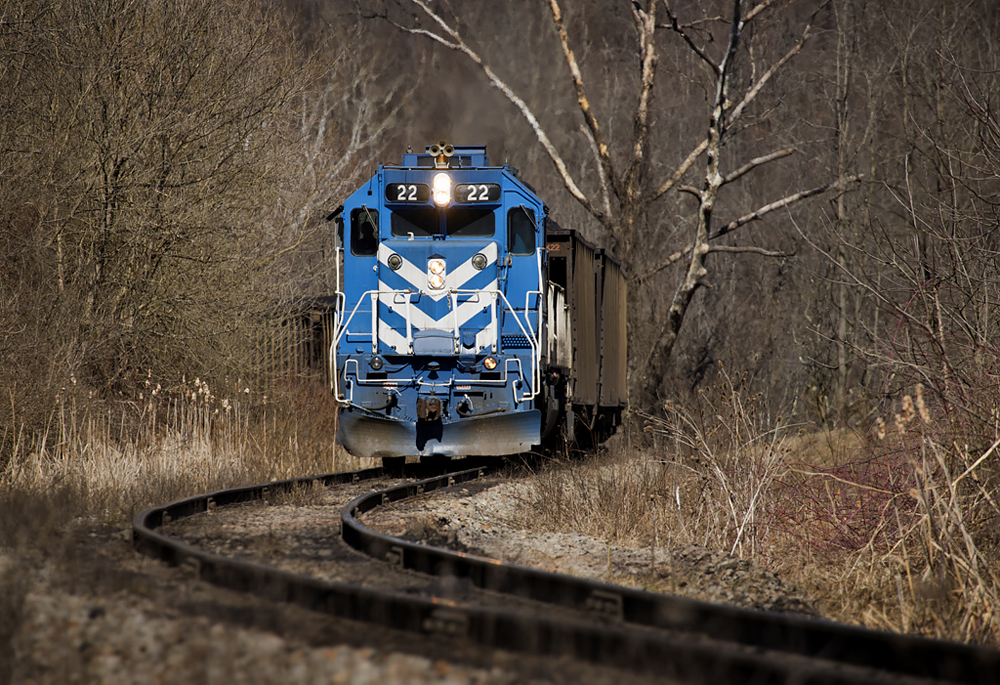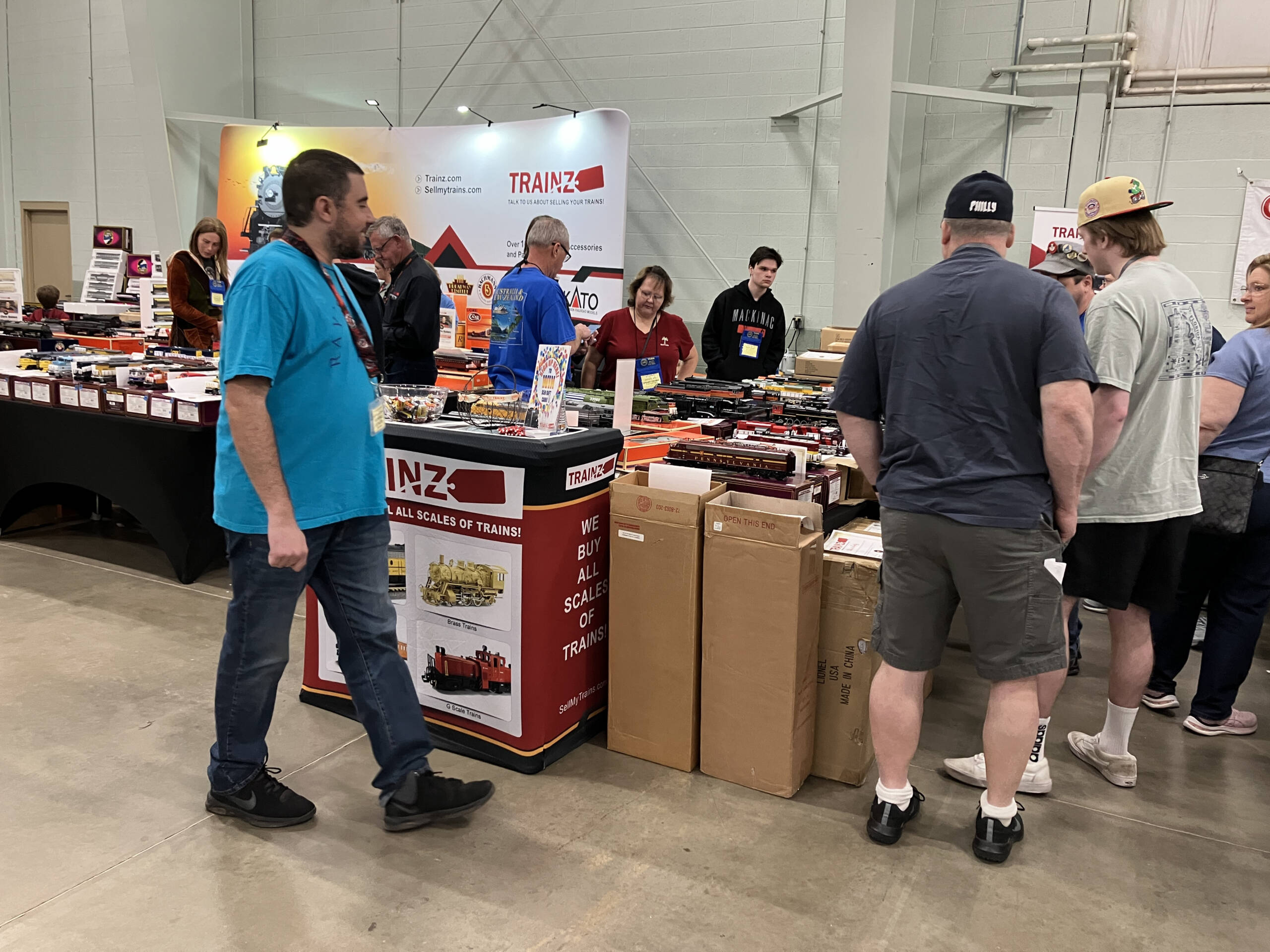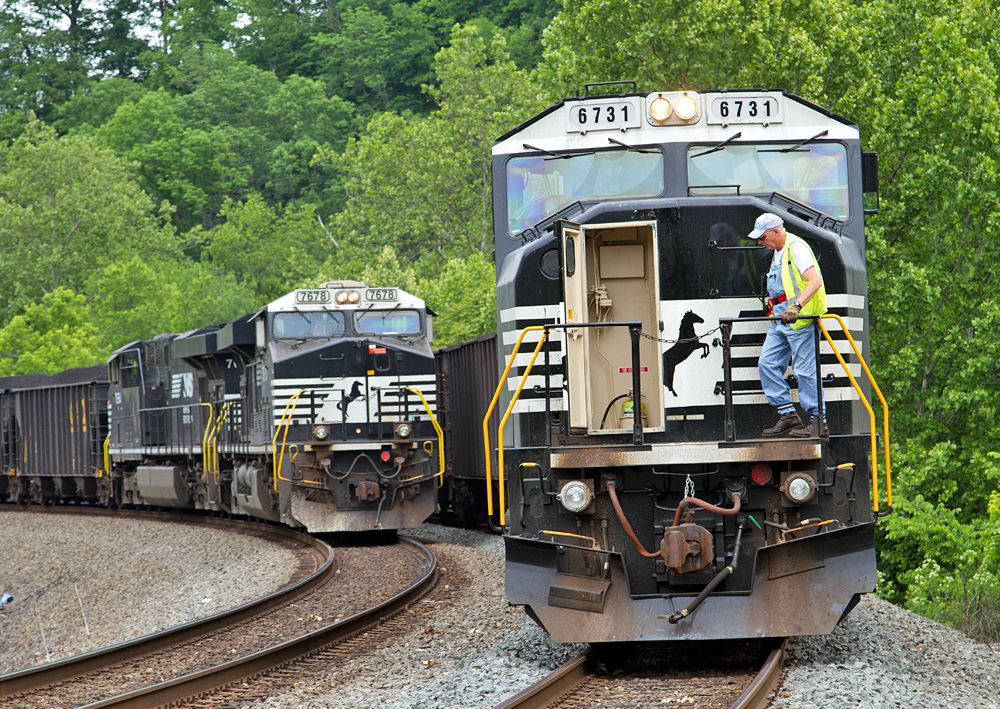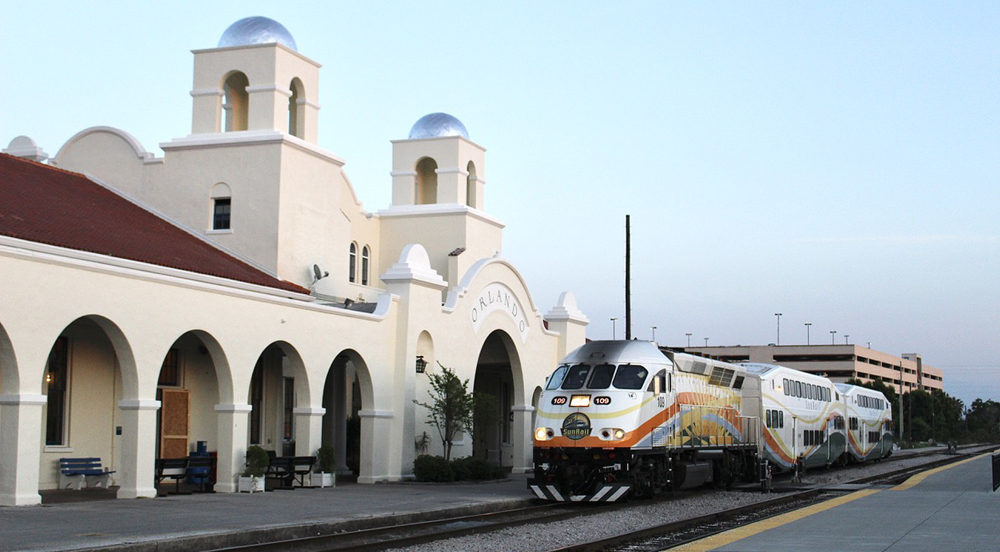
CHICAGO — Railroads have an advantage over trucks when customers’ shipments have to travel a great distance. Long-haul business is preferred by railroads, aligning with the industry’s focus of moving carloads across the network as efficiently as possible on fewer, longer trains. Shorter moves require the same amount of switching, but don’t necessarily produce the same amount of revenue, as carload rates must be more competitive with trucks. Class I railroads’ competitive edge is their ability to leverage their network connectivity for blocks of carloads traveling to similar destinations across long distances.
This isn’t to say that the short haul game doesn’t work. Consistent and moderate volumes can make rail more favorable than trucks, especially in rural areas or places where there aren’t surplus truck drivers. The case for rail is strengthened when railroads can consistently service their customers. This short-haul model may not work for a 50-mile move of two boxcars per week, but it may work for a 50-mile haul of 100 cars per week. The short-haul move is also more favorable for bulk commodities serving stable markets. One railcar load would require at least three truck loads.
Successful short-haul models that come to mind are out-and-back shuttle trains or transload operations that connect commodities with a waterway. In other cases, these moves may be operated by the customer using its own rail equipment, such as with Lhoist North America’s limestone business in Crab Orchard, Tenn. Sporting Lhoist’s grey-and-blue colors, GE B32-7s and GPs on the former Franklin Industrial Minerals Railroad shuttle limestone 30 miles from the company’s Crab Orchard quarry to its interchange with Norfolk Southern at Rockwood, Tenn. Without the railroad’s short-haul link, Lhoist would have to rely on trucks to transport its aggregate for transloading to rail or use trucks exclusively.
Another customer-managed example is Pennsylvania’s Cumberland Mine Railroad. The 17-mile line has no connection to the national railroad system and is used solely to shuttle coal from a mine in Kirby, Pa., to a rail-to-river transload site near Greensboro, Pa., using a pair of mine-owned SD38-2 and SD40M-2 locomotives. The company is able to control its transportation needs by managing its locomotives and resources.
Other examples of successful short-haul move on shortline railroads, or to a lesser extent Class I railroads, would be grains moving from elevators to ethanol plants for processing, or for transloading at an inland waterway. In these instances, railroads employ regularly scheduled trains and resources to shuttle grains from origin customers to nearby touchpoints that allow farmers to get their grains to market efficiently. A biweekly grain shuttle of 50 railcars would take at least 300 truckloads.
These short-haul moves make good sense in many instances, and they are consistent revenue generators for railroads, while giving customers greater assurance about their transportation needs. For customer-owned railroad operations, these moves allow greater control over transportation costs and logistics, playing an integral role in their supply chains.
While a railroad may not work for every customer’s short-distance need, there are plenty of scenarios where moving commodities a few miles down the track plays a more important role in a customer’s business than one may initially realize.
Chase Gunnoe works in marketing & sales for the freight rail industry and is the author of Carload Considerations, a monthly Trains News Wire commentary series. It discusses the freight rail industry, commodities, and economic trends. Its views are the opinion of its author with no particular emphasis on a specific railroad or shipper.














Another example of short lines/regionals generating NEW business in the short haul market: Maryland & Delaware and Delmarva Central (Note: no common ownership) move feed grain for Purdue on the Delmarva peninsula; Delmarva Central has assembled a fleet of 100 ton covered hoppers dedicated to this business
On SP [now UP] at Benicia, loaded coke cars are moved from the refinery to a waterside loading facility. Two or Three times per day. 6-7 cars. One-way length of haul: 3 miles.
This move has occurred for at least 25 years. Each trip is part of the Benicia switchers’ daily routine, and therefore, the revenue is incremental profit. We made the move every day, even on Christmas.
Shortlines are also more resourceful and willing to make a buck where they can. And they often don’t have the layers of management beholden to other layers of management more worried about their butts and bonuses.
The short hauls can operate with an OR of 95 -90 instead of the class 1s 65 – 60. It is bottom line revenue that the class 1s neglect.
Shortline’s also have a simpler and signififcantly lower cost structure. Which allows them to perform these lower margin movements.
Because they don’t have to deal with union labor.
The Wisconsin & Southern has a short haul of sand and aggregate for Lycon Concrete here in Wisconsin between a pit in Janesville and three concrete plants in the Madison area. The KB&S short hauls grain from online elevators to a mill in Lafayette, IN, and the IANR has similar short haul grain moves into Cedar Rapids. There certainly is potential for short haul in some markets.
There are so many ways that some place-railroad- that is not beholden to wall street and its inflated executive salaries can make a good living. Not all economics is local, but in a country the size of the US or Canada a lot of it is.